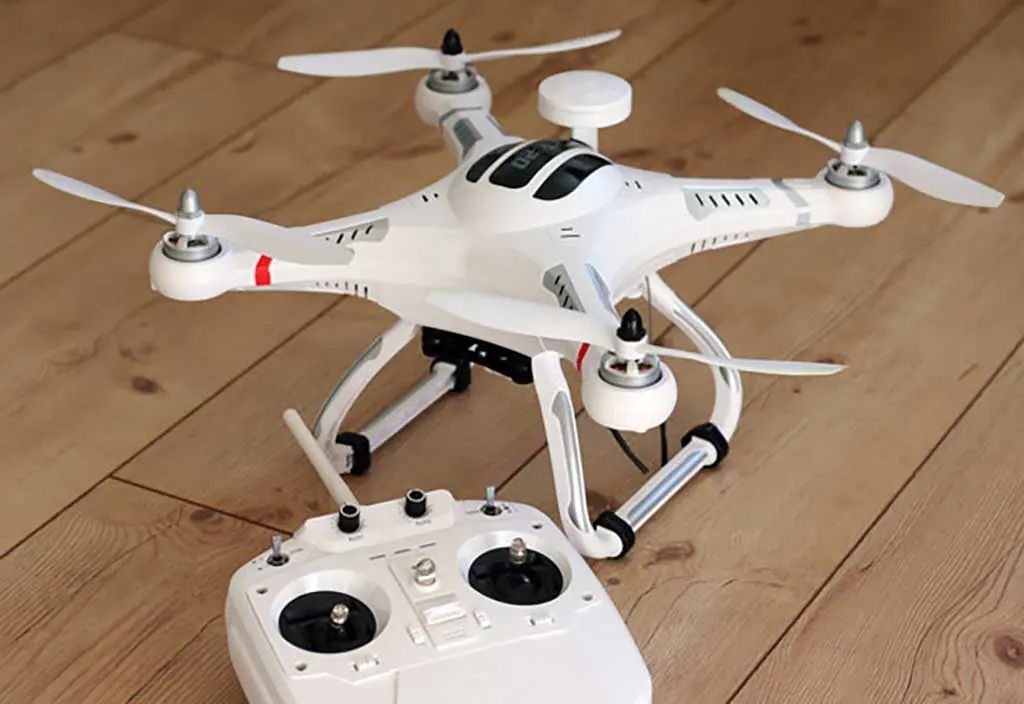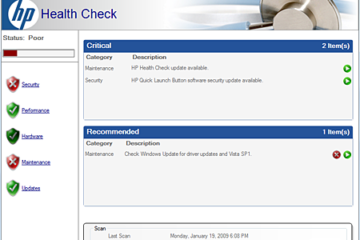Having a drone is one thing, but knowing how to fly one like a professional, is totally a different experience! Flying a drone is not as easy as many people make it seem. There is a lot that goes into it and you will need to learn the basics and put in a lot of practice before you can be a pro.
The very first few times, you will crash and want to give up, but it’s the thought that in the end, you will be able to fly one skillfully that should keep you going.
We love drones, and we know how cool it is to actually fly one without getting into trees, walls, or people. That’s why we will take you through a few tips on how you can fly drones like a pro. And that’s not all, we will also delve into the finer details of what you need to know before launching your drone in the air.
What you need to know before flying your first drone
Registration
The regulations governing this might vary for different area codes, but it’s essential that you register your drone with the Federal Aviation Authority right after your purchase.
In the case of an accident, they are able to tell who the drone belongs to. This requirement depends on the weight of your machine and it’s up to you to confirm whether yours fits the bill.
Read the manual
How many times have you bought a product and tossed out the manual the minute you ripped off it’s packaging?
Not for drones. These are unmanned machines that have different controls and fly in all directions. You will need to at least go through your instruction manual so that you can familiarize yourself with the basics before you get down to the finer details.
Know the rules
There are certain things you can’t do with your drone, even if they are being done elsewhere. For instance, Amazon is working on delivering packages with drones. Does that mean that you get to do this too? Of course not.
Keep in mind that even when flying yours at home, you can risk infringing on your neighbor’s privacy if it flies over their homes.
Additionally, we recommend that you always put on the drone’s foam haul and rubber haul, especially when you are flying it indoors. You can’t risk getting in contact with the propeller blades when they are spinning; they would slice up your fingers in an instant.
Tips for flying a drone like a PRO
Learn the controls
This is the first step you should take. Drones can fly in all directions and for this to happen, you need to be able to handle the controls skillfully.
The instructions manual can be of great help at this stage, and help you learn a few basics. Moreover, there are millions of videos online, on YouTube, or other drone platforms that you can view to give you more insight into the controls and how best to deal with them. Also, we can recommend an article that will help you learn more about flying a drone.
Practice
You will not get good at anything without putting in the hard work. This means you practice whenever you can. Yes, you will crash a few times, but it’s the only way you will learn.
This will help you get comfortable when flying even at higher altitudes and allow you to launch and land your quadcopter with ease.
For the practice sessions, you should purchase a cheap drone that can endure the numerous crashes and when it comes to repairs, won’t break your bank. After you become a pro, then you can invest in an advanced quadcopter because you won’t have to worry so much about making minor mistakes that would result in accidents or affect its durability.
You can also start off by flying in large open areas to minimize the risk of damage to people or property; probably in a grassy area to provide the cushion for your drone when you need to make a crash landing.
Safety
You need to observe the laws governing drone flights in your area. Subsequently, there are some laws that have not been documented anywhere, that you still need to adhere to. For instance, flying too close to people or buildings might cause harm or destroy property.
Moreover, you need to be alert when planning to fly, especially on windy days. Maintaining stability during such days can be quite a task and your drone is susceptible to damage. Always check the weather forecasts beforehand so that you can know whether it’s safe to fly or not.
We advise that when you are about to crash, you should always turn the throttle all the way down to zero. By doing this, you will not only be protecting the drone from potential damage, but you will be preventing injuries to people close by and even yourself.
Always keep your drone in sight
It’s very easy to get carried away by the adrenaline rush and forget to watch over your drone while it’s still in flight. By not keeping your drone within sight, you will not be able to spot potential hazards which will ultimately lead to crashing or even destruction of property.
Have the spares close by
If you are a beginner, you know crashing a couple of times is inevitable. Why not carry some spares with you the next time you are out practicing? This way, in case you need to repair any part of your quadcopter, you can just reach out to your spare kit and get back to your practice within no time.
Having to seek out a spare parts shop ends up taking the time you could have used gaining more flying skills.
Handling your own repairs also means that you need to learn how the various parts of the drone work and how to easily repair the broken parts without causing more damage.
Wrapping up
Flying your first drone is not an easy task, and so is flying other drones after that. You need a set of skills that can only be acquired from practice to enable you to fly your quadcopter with more stability and zero crashes. Additionally, you need to observe the laws in your country and always keep in mind that the safety of people and property comes first.
Do you want to be a pro? Our comprehensive guide should get you started on the right foot. We hope that you have gained some deeper understanding of what it takes to be an expert in flying a drone.
Share our post with your friends and family and do not forget to comment and let us know what you liked best and what you thought we left out. Safe flying!
This is a guest contribution by Jack who is the Chief Pilot at MyDroneLab.com bringing experience, expertise and knowledge in this quite new industry. He is a graduate of the Drone/UAV Pilot Training Certificate program and a member of the Association for Unmanned Vehicle Systems International. Besides having all the necessary technical knowledge when it comes to drones, Jack and his team love to spend the time outside by the ocean, working on new features and teaching others how to pilot these amazing and exciting new robots.













